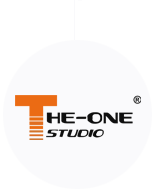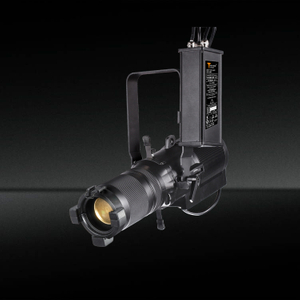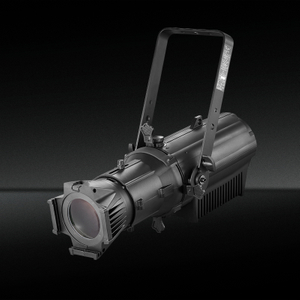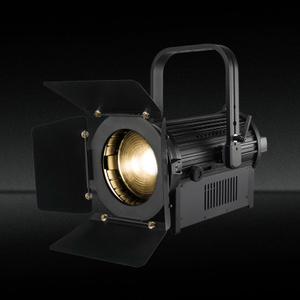What is the newest LED light technology?
Views: 5 Author: Site Editor Publish Time: 2025-06-06 Origin: Site








LED lighting continues to evolve at a rapid pace, bringing forward innovations that redefine how we light up the world. The shift toward energy-efficient, smart, and highly customizable lighting solutions is leading to a new generation of products powered by New LED Studio Light technology. From automotive advancements to transparent displays, the latest LED innovations are shaping the future of illumination across multiple sectors.
In this in-depth article, we explore the most recent breakthroughs and examine how these innovations align with modern search intent, consumer expectations, and professional use cases. With an emphasis on New LED Studio Light, we analyze technological shifts, industry trends, and cutting-edge applications—enhancing your understanding of how lighting is transforming.
New LED Lighting Technology
The past few years have witnessed a surge of research and development in LED technology. This has led to smarter, smaller, and more powerful lighting systems, driven by a combination of improved semiconductor materials, optics, and thermal management systems. Among all the innovations, New LED Studio Light solutions stand out as key developments—particularly in professional photography, broadcasting, and filmmaking.
New LED Studio Light technology integrates advanced features such as:
Adjustable color temperature
High CRI (Color Rendering Index) values
Wireless control (Bluetooth, Wi-Fi)
Battery operation with long runtimes
RGB color mixing for creative lighting effects
| Feature | Traditional LED Studio Lights | New LED Studio Light |
|---|---|---|
| Color Temperature | Fixed (e.g., 5600K) | Adjustable (2700K–6500K) |
| CRI | 80–85 | 95–99 |
| Control | Manual/Basic DMX | Wireless App/Smart Control |
| Portability | Often AC-powered | Battery-powered options available |
| Special Effects | Limited | RGB, Lightning, Fire, TV Flicker Modes |
Professionals are adopting New LED Studio Light systems because they offer unmatched flexibility, greater creative control, and improved workflow efficiency.
Why It Matters:
Google users searching for New LED Studio Light typically want to know which product offers the best value in terms of light quality, adjustability, smart features, and energy consumption. These new models deliver on all fronts, incorporating flicker-free dimming, fanless cooling, and modular design for on-the-go shoots or studio use.
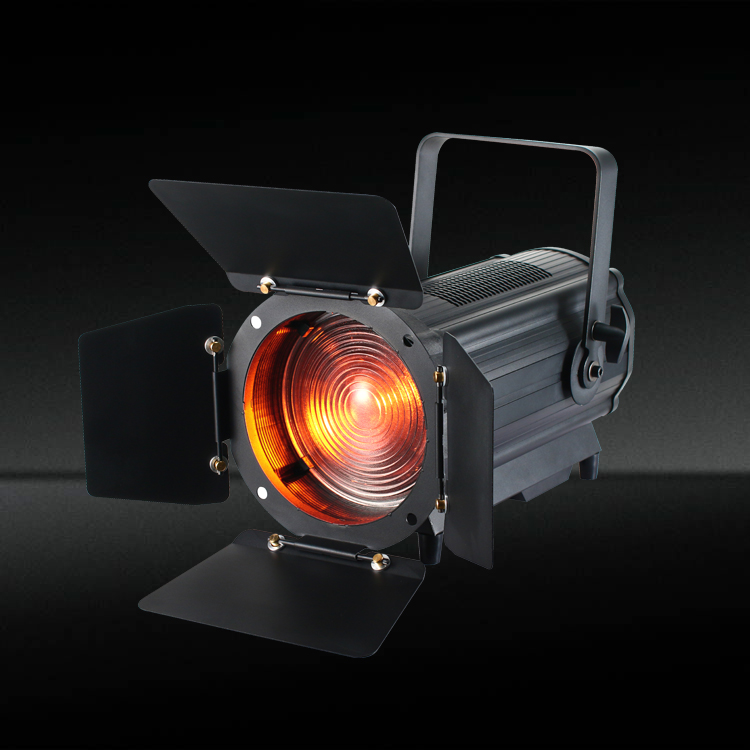
Automotive LED Lighting Trends:
Automotive lighting is another area undergoing significant transformation, with LED technology now standard in many modern vehicles. The industry is shifting from basic LED headlamps to smart adaptive lighting systems that interact with the environment and provide contextual awareness.
Key automotive LED lighting trends include:
Matrix LED Systems: Allow selective dimming of light beams to prevent glare while maintaining visibility.
Laser-LED Hybrids: Combine laser precision with the efficiency of LEDs for long-distance illumination.
OLED Rear Lights: Offer soft, uniform lighting and greater design flexibility.
Dynamic Turn Signals: Utilize flowing light sequences to indicate direction.
Customizable Ambient Lighting: Enhances interior aesthetics and user comfort.
The integration of New LED Studio Light principles into automotive design is especially visible in how high color accuracy and smart dimming features have been transferred to car interiors, enabling luxury vehicles to provide mood-driven lighting schemes.
| Feature | Standard LED Headlights | Smart Automotive LED Systems |
|---|---|---|
| Beam Control | Fixed | Adaptive Beam Shaping |
| Integration | Headlights only | Headlights + Ambient + Dash |
| Design | Basic Shape | Custom Geometry via OLED/LED Panels |
| Interactivity | Manual | Sensor-Driven Auto Response |
New LED Studio Light advancements, particularly in light control and color fidelity, are also benefiting augmented reality dashboards and digital cockpit designs in modern vehicles.
Digital light: New LED technology brings intelligence and precision to the illumination of tomorrow's world
Digital lighting is the next step in LED evolution. It moves beyond analog switching and dimming to data-driven illumination systems. Using IoT connectivity, AI algorithms, and sensor integration, digital LED systems deliver lighting based on context, behavior, and real-time feedback.
Applications of Digital Light Technology:
Smart Cities: Street lights that adjust brightness based on foot traffic and vehicle movement.
Retail Environments: Personalized in-store lighting experiences based on user profiles.
Healthcare Facilities: Circadian lighting to support patient recovery and staff efficiency.
Industrial Workspaces: Task lighting that adapts to movement, posture, or operational tasks.
Digital lighting also forms the foundation for New LED Studio Light systems that can:
Memorize lighting setups for quick re-use.
Automatically adapt to ambient conditions.
Be remotely controlled via cloud platforms.
Integrate with video editing and streaming software in real-time.
| Benefit | Traditional LED | Digital LED |
|---|---|---|
| Control | Manual or DMX | Cloud, App, AI |
| Efficiency | Moderate | Optimized via data feedback |
| Automation | None | Full automation based on sensors |
| Compatibility | Standalone | Integrated into smart ecosystems |
New LED Studio Light devices are leading this charge, incorporating digital presets, scene automation, and remote collaboration tools to simplify lighting for creators, broadcasters, and studios alike.
Breakthrough in semiconductor technology
Semiconductors are the foundation of all LED technology, and recent advances are driving the miniaturization, efficiency, and performance of New LED Studio Light solutions.
Key Innovations:
GaN-on-GaN (Gallium Nitride) substrates: Enhance brightness and reduce heat buildup.
Quantum Dot LEDs (QLEDs): Improve color reproduction and energy efficiency.
Thin-Film MicroLEDs: Enable compact lighting modules with ultra-high brightness.
Wide Bandgap Semiconductors: Offer higher temperature tolerance and energy conversion.
These breakthroughs are crucial for:
Reducing power consumption
Improving brightness without increasing size
Increasing lifespan under continuous operation
Example: Studio Application
A traditional 1000W halogen light might be replaced by a 100W New LED Studio Light with the same output, but using next-gen semiconductors, it offers longer durability, cooler operation, and superior control over beam angles and colors.
| Technology | Benefit |
|---|---|
| GaN Substrate | Higher output, smaller footprint |
| QLED | Richer colors, tunable wavelengths |
| Wide Bandgap | Longer life, high-temperature tolerance |
| Thin-Film Integration | Compact, lightweight studio lights |
These innovations are also central to enabling battery-powered, portable LED lighting kits—something creators heavily prioritize in search queries like "best portable New LED Studio Light for filmmakers."
MicroLED array hits the road in new high-performance projection headlamps
MicroLED technology is revolutionizing both automotive and studio lighting. In projection headlamps, MicroLED arrays deliver precise beam control, high resolution, and ultra-fast response times, making them ideal for dynamic driving conditions.
These same characteristics are invaluable for New LED Studio Light systems, where:
Uniform beam spread avoids harsh shadows.
High refresh rates eliminate flicker in high-speed videography.
Pixel-level control allows for animated lighting effects on set.
Advantages of MicroLED in Studio Lights:
Ultra-bright output in a compact form.
No backlight needed, resulting in thinner panels.
Higher efficiency than OLED.
Exceptional reliability and lifetime.
MicroLEDs are increasingly being embedded into modular light panels, softboxes, and smart studio rigs, supporting remote lighting setups and multi-point illumination control from a mobile app or editing suite.
| Use Case | Feature Enabled by MicroLED |
|---|---|
| Photography | Seamless color transitions |
| Film Sets | Real-time lighting adjustment |
| Interviews | Compact lights with high CRI |
| Virtual Sets | Dynamic background illumination |
When users search for New LED Studio Light with "high precision" or "smart control," many of the top-rated products now include MicroLED modules as their core components.
Transparent displays and micro-projectors transform technology product designs
One of the most futuristic applications of LED technology is in transparent displays and micro-projectors. These are particularly useful in retail, automotive, and augmented reality applications—but their impact is being felt in studio environments as well.
Innovations Include:
See-through OLED and MicroLED panels
Projection-based heads-up displays (HUDs)
Interactive glass surfaces
In studios, transparent panels equipped with New LED Studio Light technology are being used to:
Illuminate subjects while showing background content.
Offer real-time overlays and prompts for presenters.
Integrate lighting directly into camera displays or teleprompters.
This enables a more immersive content creation environment, especially for:
Virtual production studios
Interactive live streaming
AR/VR-enabled broadcasting
| Product Type | Transparent LED Integration |
|---|---|
| Studio Monitor | Overlay + Backlight |
| Teleprompter | Real-time prompt and light |
| Set Design Wall | Dynamic display and lighting |
As user intent shifts toward versatile and space-efficient lighting, these emerging product formats will likely dominate future searches related to New LED Studio Light.
Embedded light wherever you imagine it
The concept of embedded lighting is becoming increasingly popular across various applications—from architecture and furniture to wearables and consumer electronics. LED's small size and flexibility allow manufacturers to embed light into nearly any surface or material.
For New LED Studio Light, embedded lighting can mean:
Edge-lit diffusers in backdrop panels
Built-in lighting within camera cages or rigs
Wearable lighting for action videography
Embedded strip lighting in production desks
Applications Beyond the Studio:
Smart Home Products: Cabinets, shelves, and walls with built-in ambient lighting.
Consumer Devices: Smartphones with embedded LED notification panels.
Retail Fixtures: Light integrated into product displays.
| Embedded Light Example | Function |
|---|---|
| Desk Mount Light | Under-monitor fill lighting |
| Camera-mounted Ring Light | Glare-free subject lighting |
| Wearable Light Strap | Action camera companion lighting |
For creators and professionals searching for New LED Studio Light with embedded or seamless design, these options provide elegant solutions that reduce setup time and improve mobility.
FAQs
What is the most advanced New LED Studio Light technology right now?
The most advanced technology includes MicroLED arrays, GaN-based semiconductors, and AI-controlled lighting systems with RGBWW color tuning. These are being integrated into portable panels, ring lights, and studio kits with app-based control.
How does New LED Studio Light differ from traditional lights?
New LED Studio Light offers higher CRI, adjustable color temperature, wireless control, and compact design. They are also more energy-efficient and environmentally friendly compared to tungsten or fluorescent options.
Are New LED Studio Light products suitable for beginners?
Yes. Many modern models offer preset modes, touch interfaces, and Bluetooth control, making them user-friendly for beginners, vloggers, and content creators.
Can I use New LED Studio Light for outdoor shoots?
Absolutely. Look for weatherproof, battery-powered, and fanless designs that offer consistent lighting without noise—ideal for interviews and mobile productions.
What brands are leading the market in New LED Studio Light?
Top brands include Aputure, Godox, Nanlite, Litepanels, and FalconEyes, all offering studio-grade features like DMX control, CRI>95, and modular light shaping accessories.
In conclusion, the landscape of LED lighting is rapidly transforming, offering smarter, more adaptable, and highly efficient solutions across industries. From cutting-edge New LED Studio Light systems to the adoption of MicroLED and transparent displays, the future of lighting is increasingly integrated, intelligent, and immersive. Whether you're a content creator, automotive engineer, or tech enthusiast, the innovations outlined above signal a luminous path ahead.
